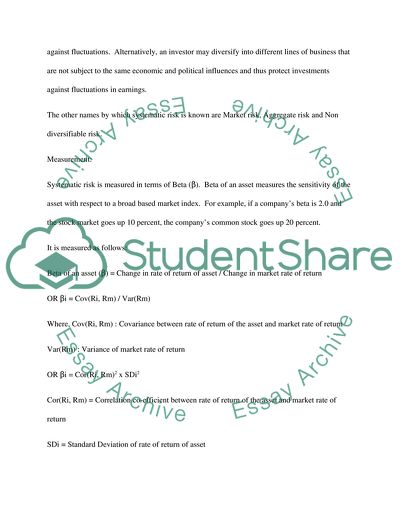Cite this document
(Differences between Systematic, Unsystematic and Total Risks Assignment, n.d.)
Differences between Systematic, Unsystematic and Total Risks Assignment. Retrieved from https://studentshare.org/finance-accounting/1721532-finance-and-growth-strategies
Differences between Systematic, Unsystematic and Total Risks Assignment. Retrieved from https://studentshare.org/finance-accounting/1721532-finance-and-growth-strategies
(Differences Between Systematic, Unsystematic and Total Risks Assignment)
Differences Between Systematic, Unsystematic and Total Risks Assignment. https://studentshare.org/finance-accounting/1721532-finance-and-growth-strategies.
Differences Between Systematic, Unsystematic and Total Risks Assignment. https://studentshare.org/finance-accounting/1721532-finance-and-growth-strategies.
“Differences Between Systematic, Unsystematic and Total Risks Assignment”, n.d. https://studentshare.org/finance-accounting/1721532-finance-and-growth-strategies.


